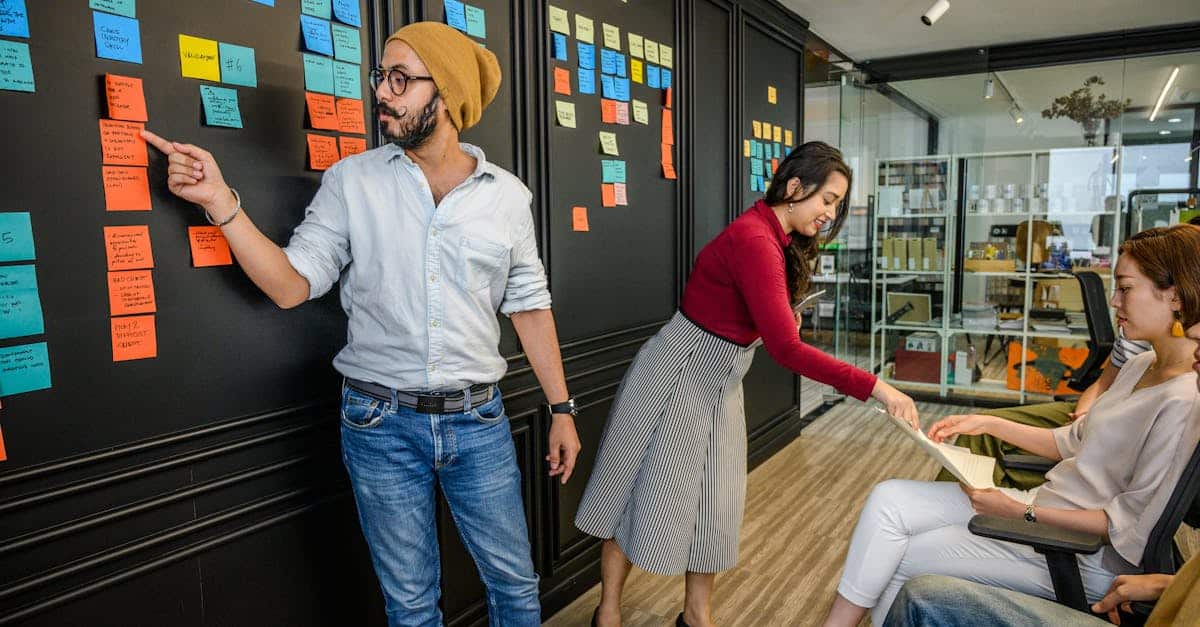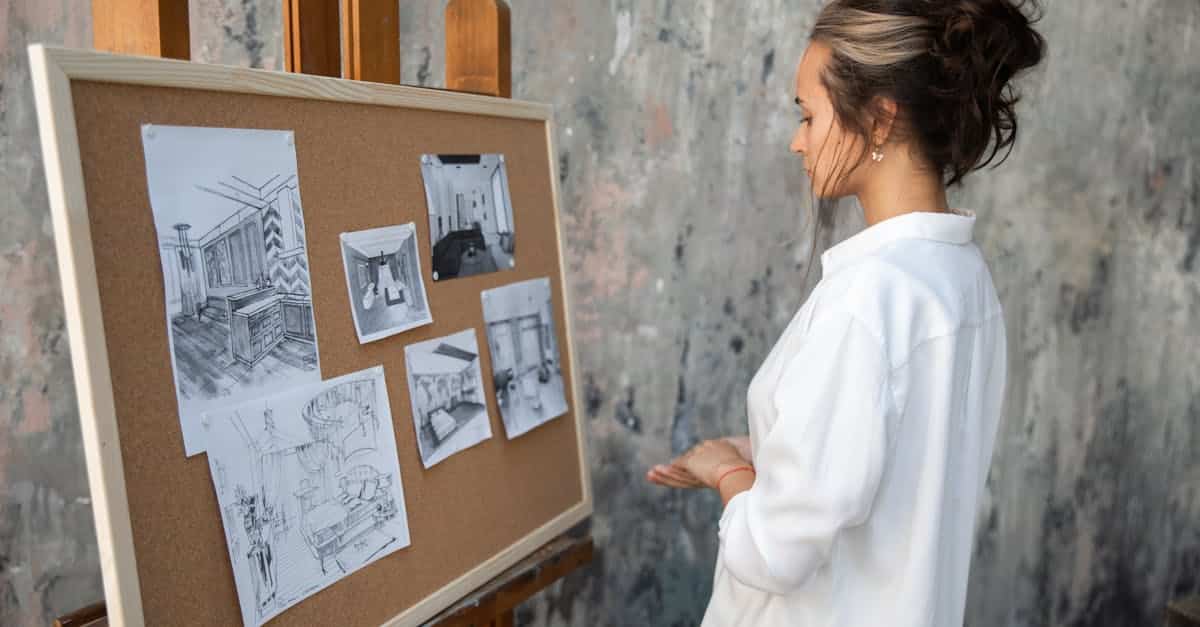Creative thinking embodies an original and inventive approach to tackling various issues. It involves breaking down traditional barriers and looking at situations from new angles. Thinking outside the box enables the exploration of alternative solutions and triggers a dynamic of innovation, which is essential in both personal and professional spheres. It is a process that fosters the emergence of unique ideas, thereby enriching our understanding and problem-solving of daily challenges.
🔥 Nous recommandons Ideamap
Ideamap est l’outil idéal pour un brainstorming ou un projet collaboratif. Grâce son interface facile et à ses fonctions IA, Ideamap booste votre créativité tout en favorisant une meilleure organisation de vos idées pour atteindre vos objectifs.
Creative thinking is a fundamental concept that refers to the ability to generate new, unique, and often unexpected ideas, solutions, or concepts. It involves a mental process that allows for analyzing a situation from different perspectives and reacting in an original way, breaking the limits of conventional thinking.
Thinking outside the box therefore means not settling for usual and traditional solutions. It is a call for innovation, boldness, and originality, allowing one to avoid falling into the trap of mental routine and habitual reflexes. This requires an open mind and a willingness to question the established order.
One of the most fascinating aspects of creative thinking is its ability to solve problems. Illustrated by numerous historical examples, this form of thinking has led to revolutionary inventions and significant advancements in various fields. Thinkers like Albert Einstein or Steve Jobs leveraged this approach to transform their vision into reality by adopting unexpected perspectives.
However, it is crucial to recognize that numerous obstacles can hinder creative thinking. These obstacles include fears of failure, lack of confidence, or the influence of a rigid and normative environment. Identifying and overcoming these barriers is essential to foster a climate conducive to innovation.
To encourage creative thinking, several techniques can be applied. One of them is brainstorming, which consists of generating as many ideas as possible without self-censorship. This method promotes the emergence of innovative solutions, as it allows the exploration of numerous avenues without fearing judgment. Another tool is lateral thinking, which encourages reconsidering habitual thought patterns to break out of often limited logical solutions.
One can also incorporate visualization exercises to stimulate imagination. Visualizing outcomes or possible futures can inspire new ideas and pave the way for innovative concepts. These exercises advocate the importance of mental imagery in the quest for creative solutions.
Creating an environment that fosters a culture of innovation is also essential. This involves supporting experimentation, valuing new ideas, and implementing collaborative workshops. These approaches encourage the exchange of ideas and allow the exploration of new creative avenues, both personally and professionally.
Moreover, practices such as meditation prove beneficial in cultivating a mindset conducive to creative thinking. By clarifying the mind and reducing distractions, meditation helps unlock the innate creative potential that everyone possesses. The benefits of this practice can significantly enrich individuals’ creative processes.
In summary, creative thinking is defined by its ability to break away from conventional paths and generate ideas that may initially seem radical. By adopting various techniques, cultivating a supportive environment, and overcoming obstacles, anyone can develop their creative potential and explore innovative solutions to diverse challenges.

FAQ on Creative Thinking
Q : What is creative thinking?
A : Creative thinking is the ability to generate ideas, solutions, or concepts that are both original and valuable. It allows for approaching problems from different angles.
Q : Why is it important to think outside the box?
A : Thinking outside the box is essential to unlock creative potential and provide new perspectives in complex situations.
Q : What are the obstacles to creative thinking?
A : Among the obstacles to creative thinking are fear of failure, conformism, or a too rigid environment that hinders innovation.
Q : How can one develop their creative thinking?
A : There are several techniques to improve creative thinking, such as brainstorming, visualization, or exploring mind maps.
Q : What methods can be used to apply creative thinking in daily life?
A : Among the methods, one can use lateral thinking to solve reflective problems or engage in team brainstorming sessions to generate innovative ideas.
Q : Are there historical examples of creative thinkers?
A : Yes, figures like Albert Einstein or Leonardo da Vinci are often cited as examples of creative thinkers who revolutionized their fields with innovative ideas.














